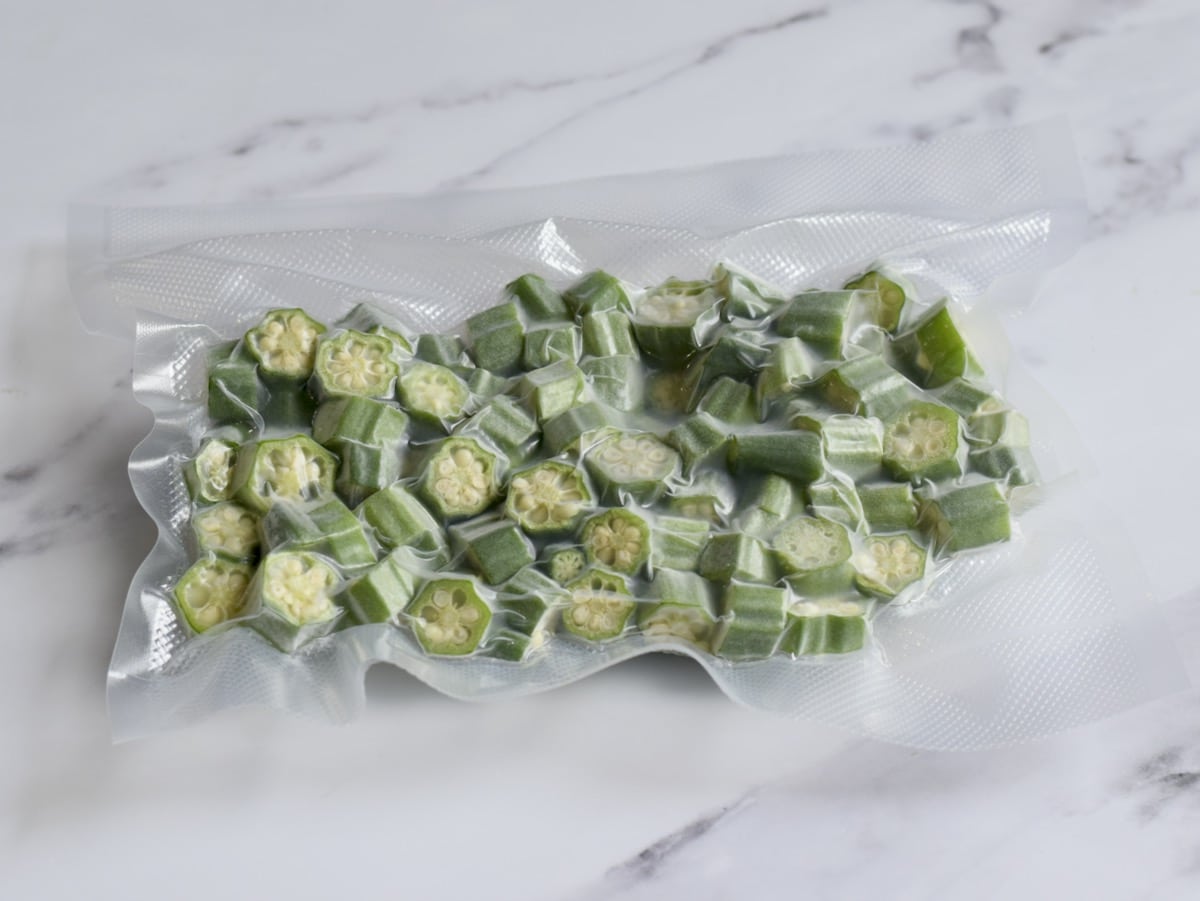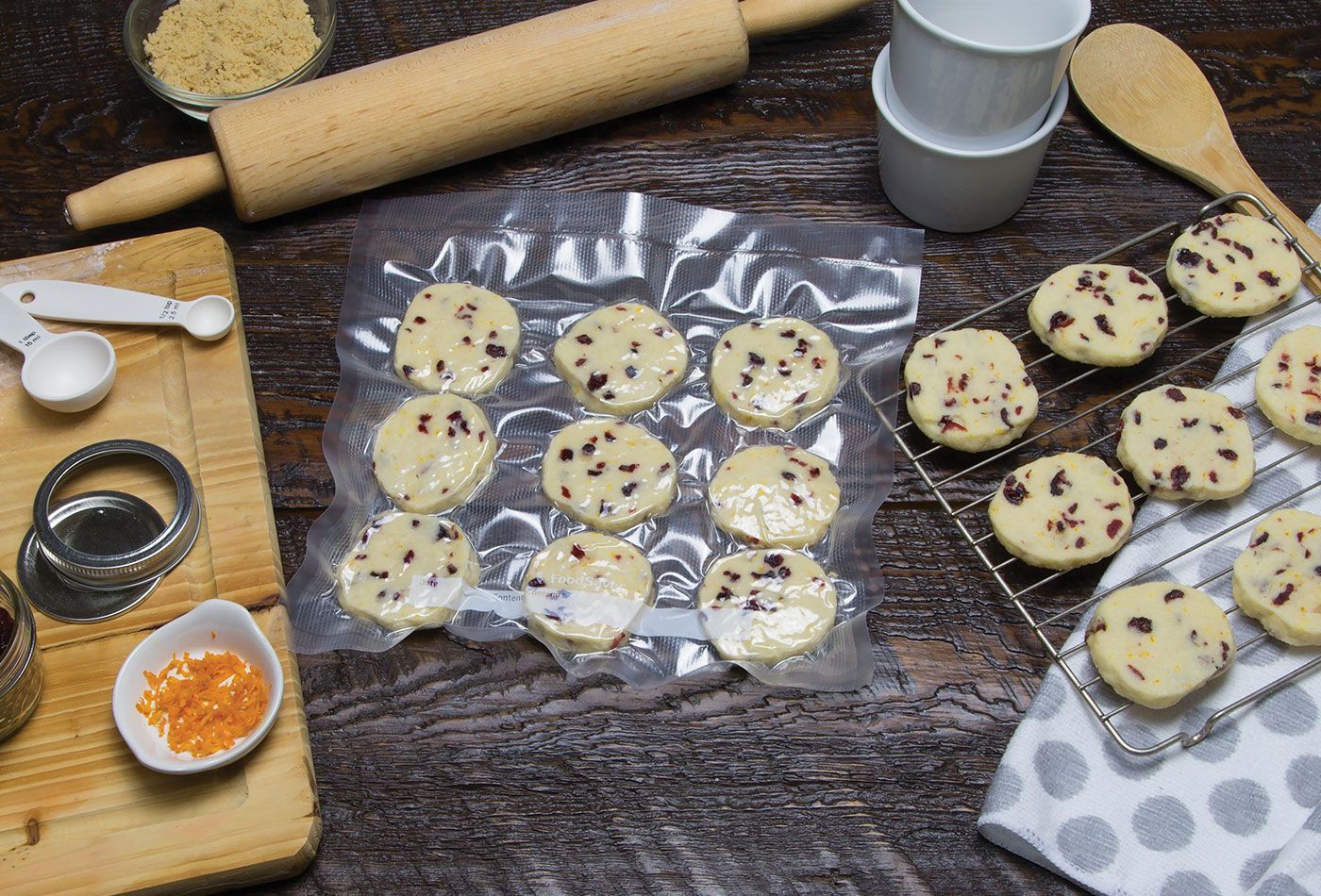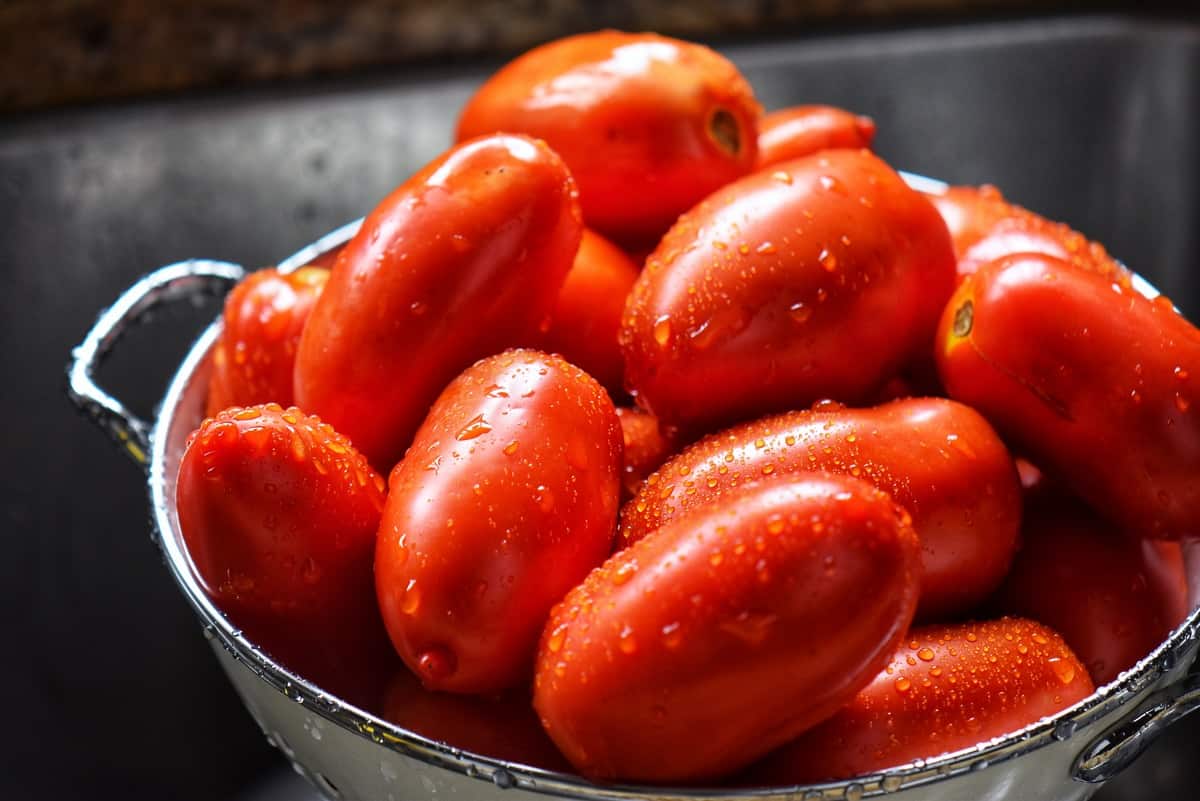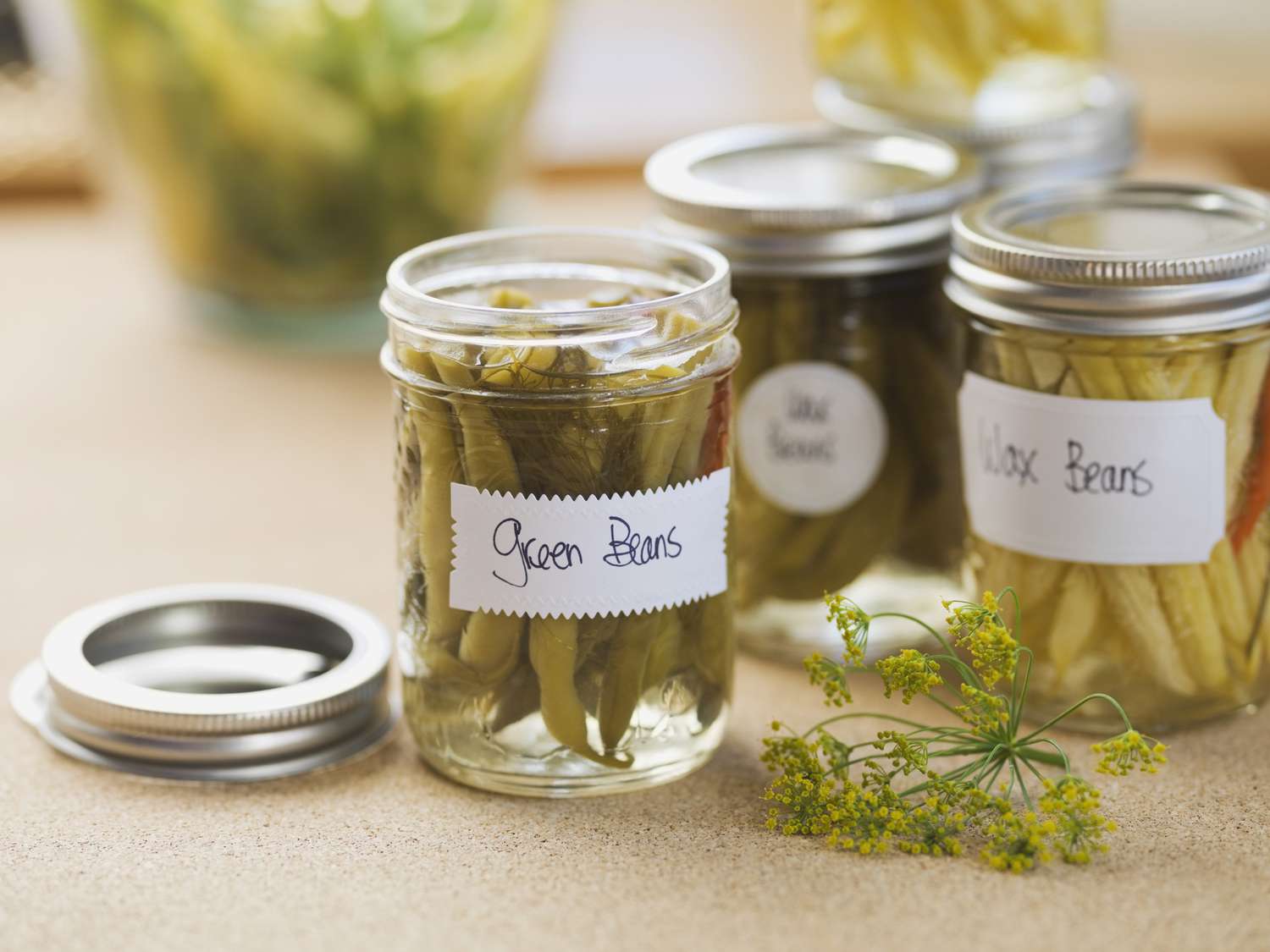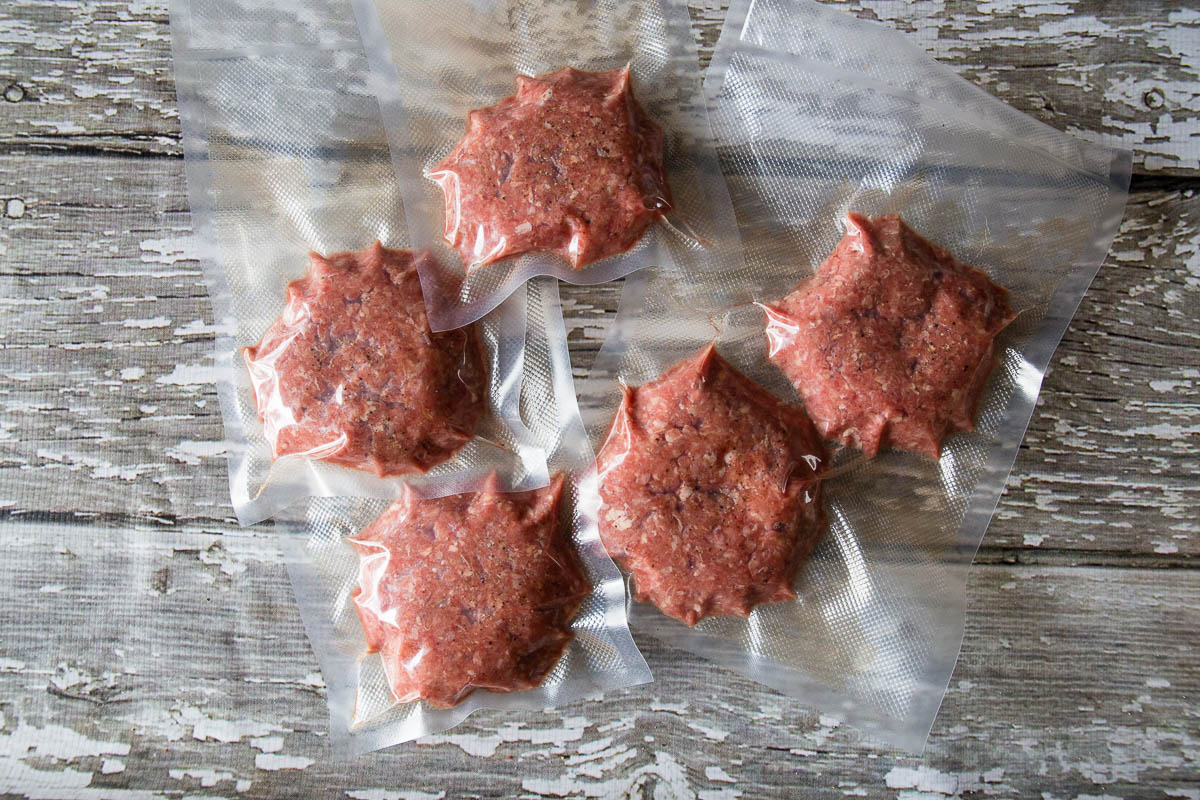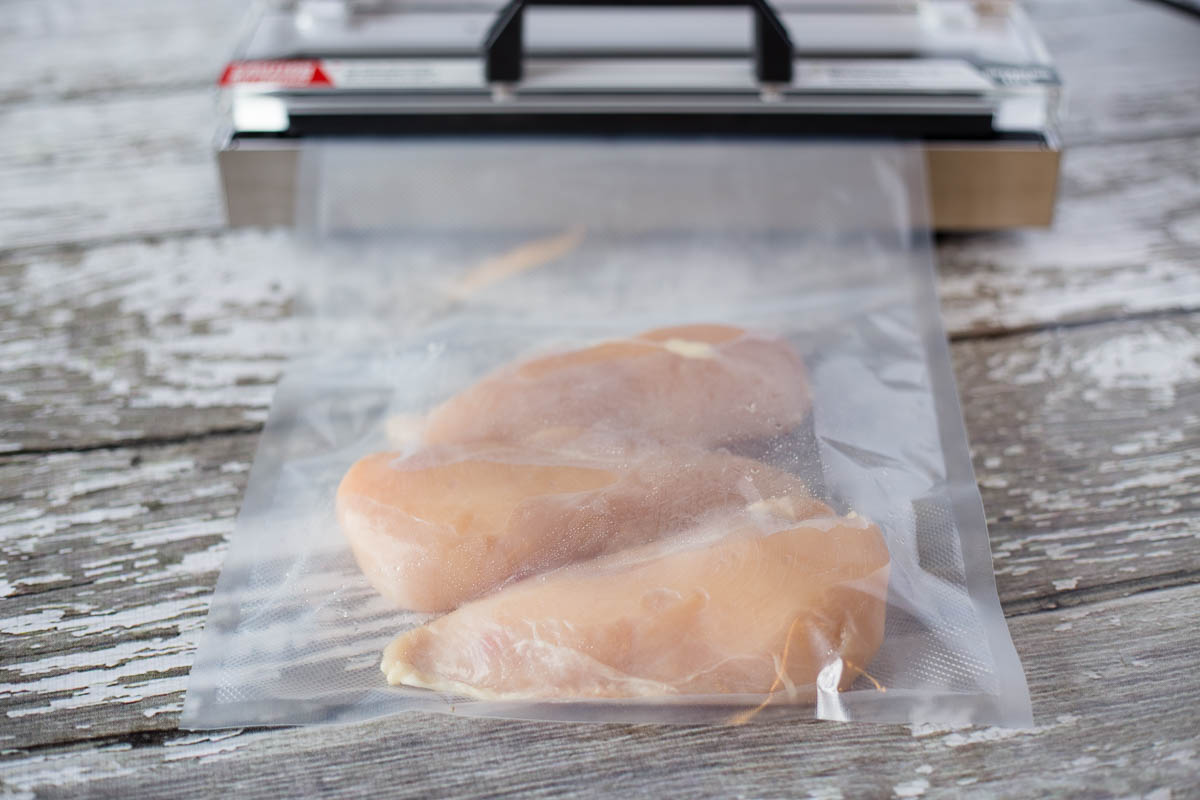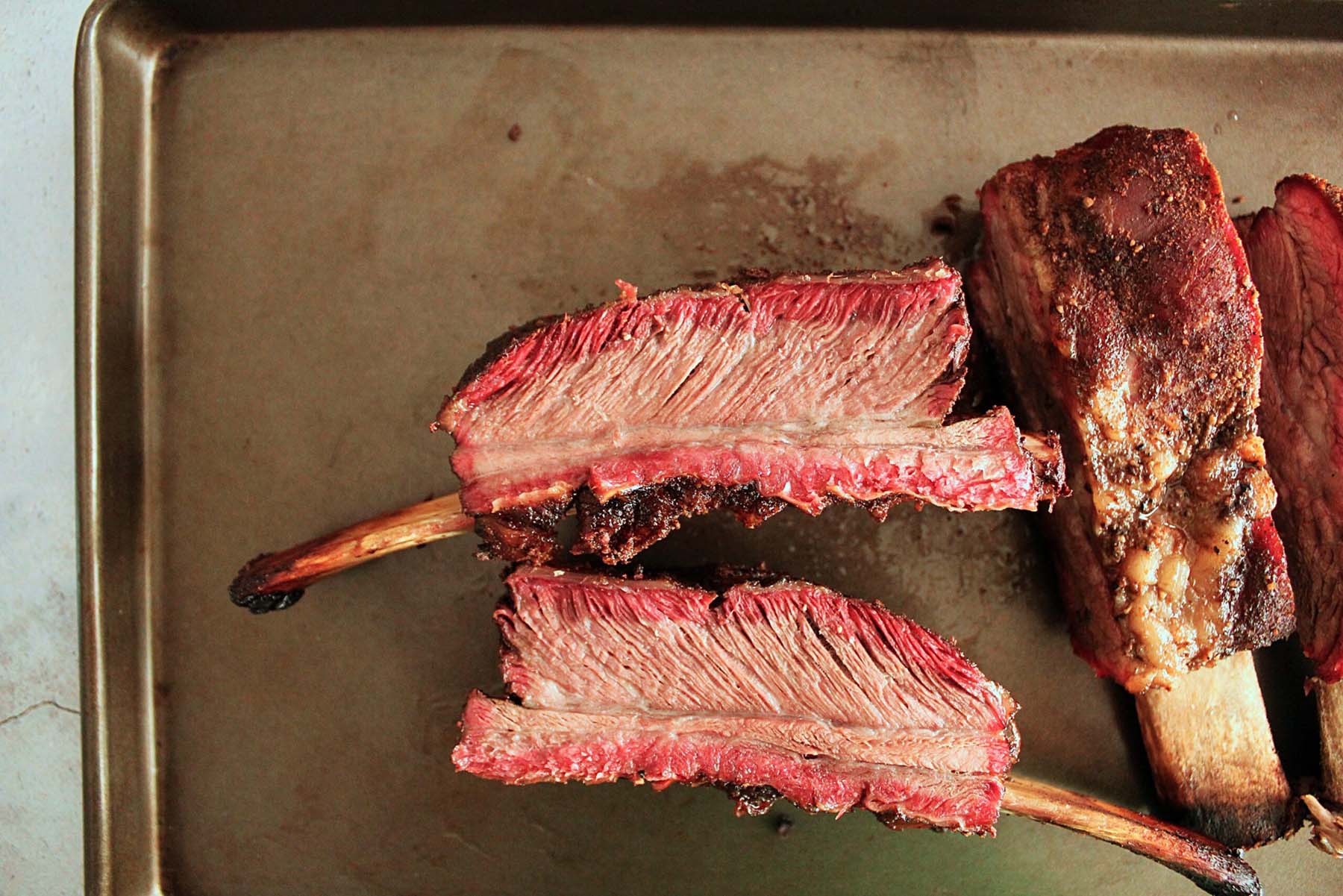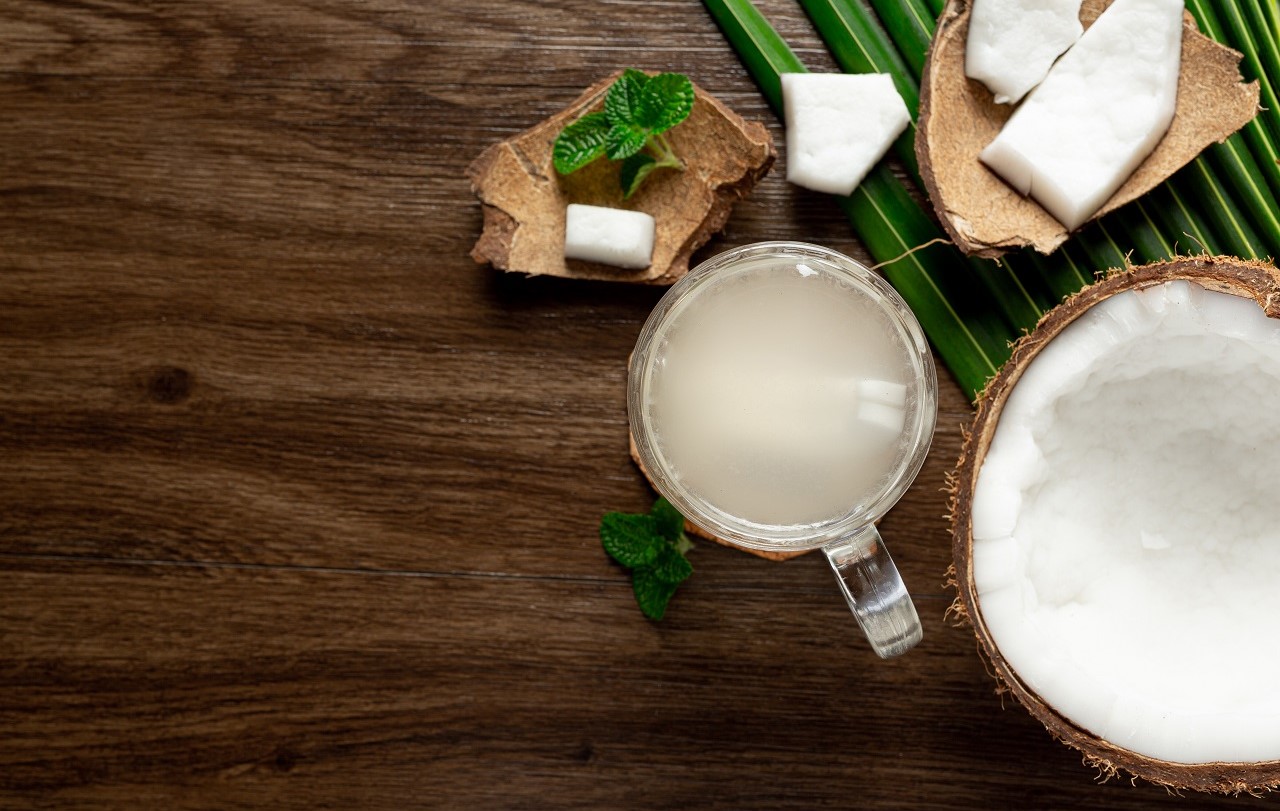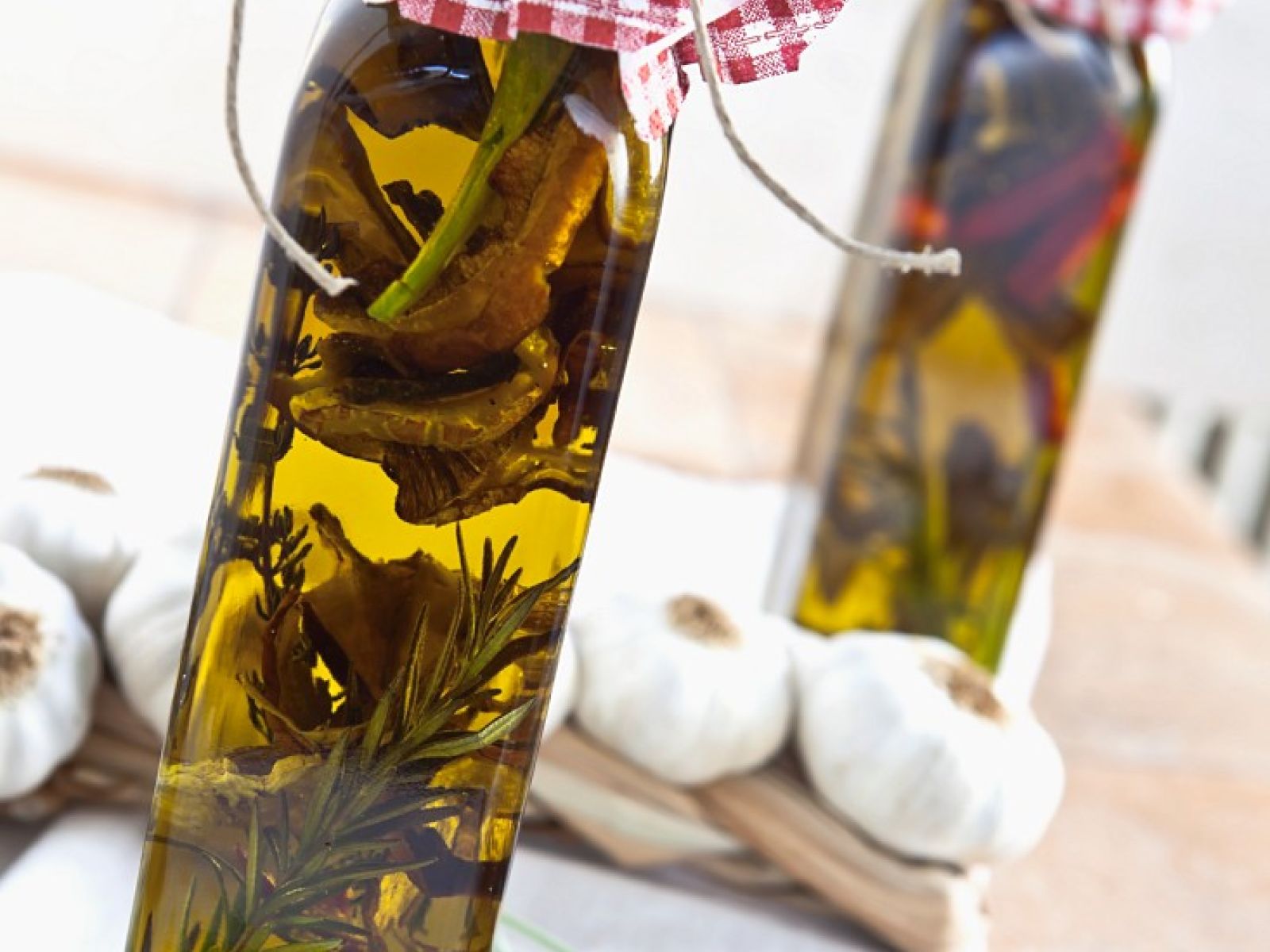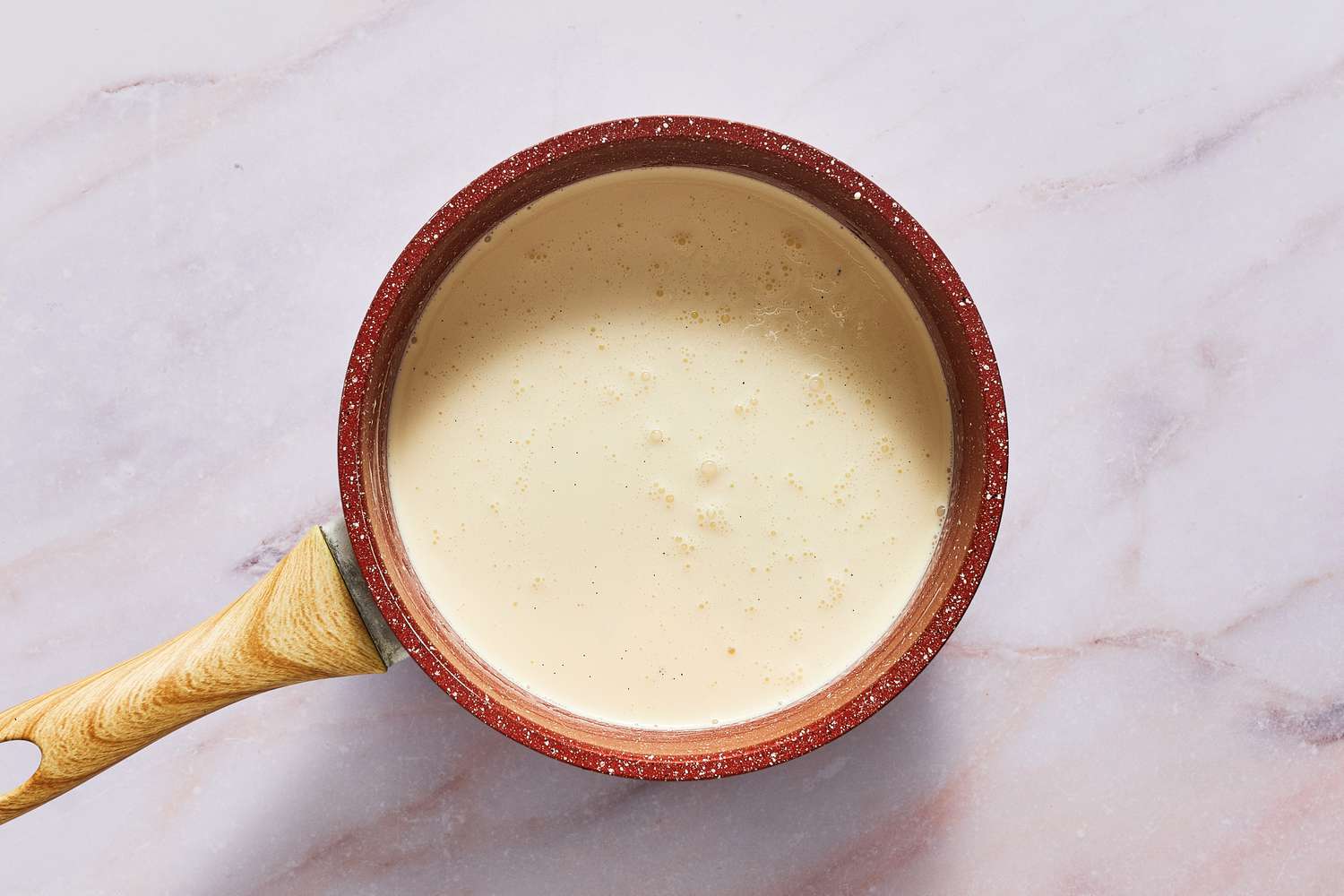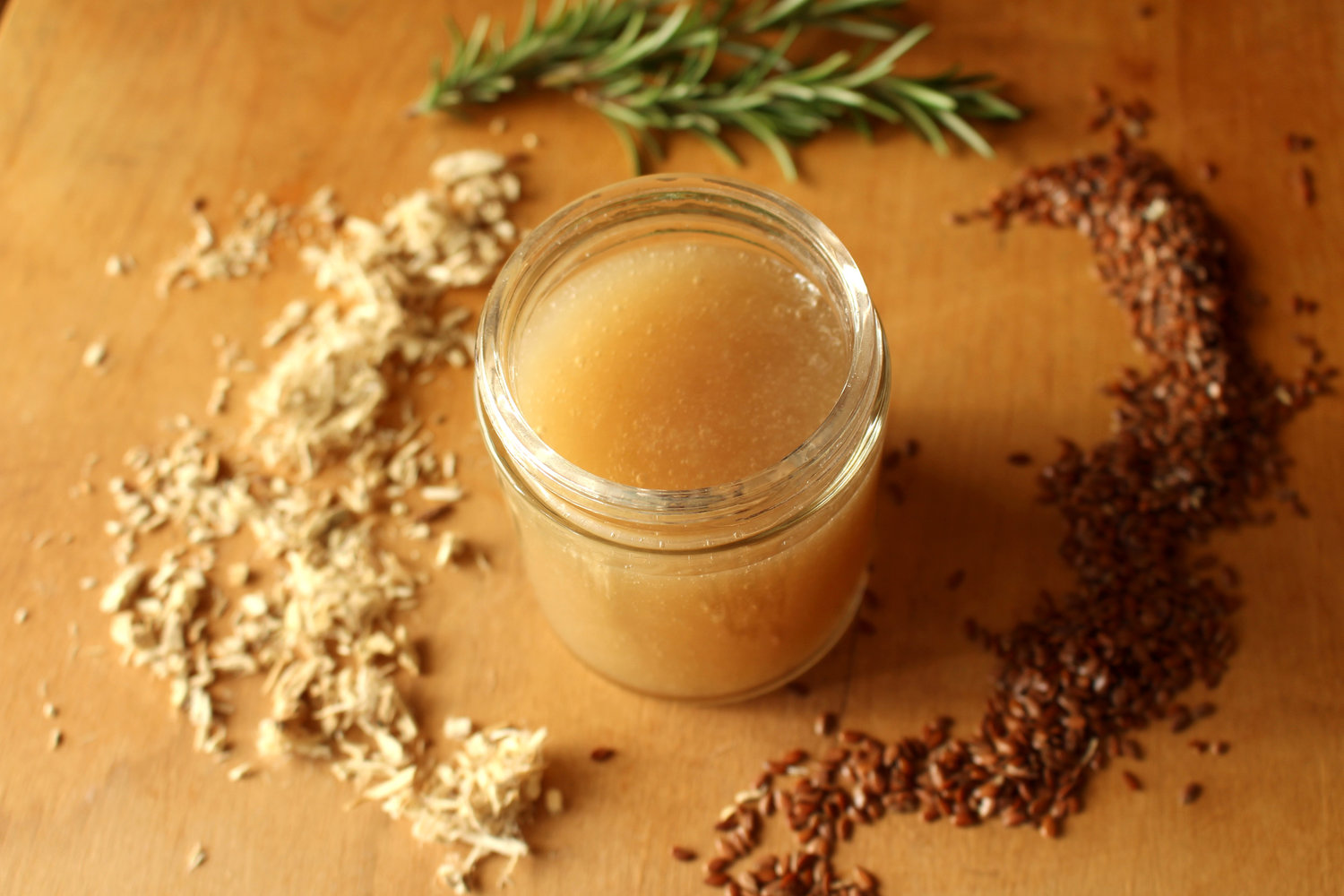Preserving Freshness: The Ultimate Guide to Vacuum Sealing Fresh Vegetables
When it comes to keeping your vegetables fresh and flavorful for an extended period, vacuum sealing is a game-changer. Not only does it help in preserving the taste and nutrients of the veggies, but it also prevents spoilage and food wastage. If you’re new to the world of vacuum sealing, fret not! We’ve got you covered with this comprehensive guide on how to vacuum seal fresh vegetables.
Why Vacuum Seal Fresh Vegetables?
Vacuum sealing is an effective method for preserving the freshness of vegetables. By removing air from the packaging, it helps in slowing down the oxidation process, which is the main cause of spoilage. This, in turn, extends the shelf life of the vegetables, allowing you to enjoy them for a longer duration.
Steps to Vacuum Seal Fresh Vegetables
Now that you understand the benefits of vacuum sealing, let’s delve into the step-by-step process of vacuum sealing fresh vegetables.
- Preparation: Start by washing the vegetables thoroughly to remove any dirt or debris. Once cleaned, pat them dry with a paper towel to remove excess moisture.
- Cutting and Sorting: Depending on the type of vegetables, you may need to cut them into suitable sizes for vacuum sealing. Sort the vegetables based on their type and size for easier packing.
- Vacuum Sealing Bags: Use high-quality vacuum sealing bags or rolls that are designed for long-term food storage. These bags are durable and airtight, ensuring the freshness of the vegetables.
- Sealing Process: Place the prepared vegetables into the vacuum sealing bag, leaving some space at the top for sealing. Once the vegetables are placed, carefully seal the bag using a vacuum sealing machine, following the manufacturer’s instructions.
- Storage: After vacuum sealing the vegetables, label the bags with the date of sealing and the type of vegetables. Store them in the refrigerator or freezer, depending on the specific vegetable’s storage requirements.
Tips for Vacuum Sealing Fresh Vegetables
While vacuum sealing is a straightforward process, here are some additional tips to ensure optimal results:
- Avoid Overfilling: It’s essential to leave some space between the vegetables and the top of the bag to ensure a proper seal.
- Use Fresh Vegetables: For the best results, use fresh and high-quality vegetables for vacuum sealing.
- Remove Excess Air: Before sealing the bag, make sure to remove as much air as possible to enhance the preservation process.
- Labeling: Properly labeling the sealed bags helps in easy identification and ensures that you use the vegetables within their optimal storage period.
Benefits of Vacuum Sealing Fresh Vegetables
Vacuum sealing fresh vegetables offers a multitude of benefits, including:
- Extended Shelf Life: Vacuum sealing helps in preserving the freshness of vegetables, extending their shelf life significantly.
- Retained Nutrients: By minimizing exposure to air, vacuum sealing helps in retaining the nutrients and flavor of the vegetables.
- Reduced Food Waste: With vacuum sealing, you can minimize food wastage by preserving excess vegetables for future use.
- Convenient Storage: Vacuum-sealed vegetables take up less space in the refrigerator or freezer, allowing for better organization and storage efficiency.
In Conclusion
Vacuum sealing fresh vegetables is a simple yet highly effective method for preserving their freshness and flavor. By following the steps outlined in this guide and implementing the tips provided, you can ensure that your vegetables stay at their best for an extended period. So, go ahead and give vacuum sealing a try – your future self will thank you for the delicious and fresh vegetables at your fingertips!
More Delicious Recipes Using Vacuum-Sealed Vegetables
Now that you've mastered the art of vacuum sealing fresh vegetables, it's time to put your skills to the test with a variety of tantalizing recipes. For a quick and healthy dinner, try the vacuum sealed vegetable stir fry recipe which utilizes a range of vibrant, sealed veggies for maximum freshness and crunch. If you're looking for a lighter option, the grilled asparagus vacuum sealed lemon zest recipe is a must, offering a citrusy zing that complements the smoky flavors of the grill. For those chilly evenings, nothing beats the hearty freezer ready minestrone soup vacuum sealed veggies recipe, perfect for making ahead and storing for a busy day. We highly recommend these recipes as they not only enhance the flavors of your vacuum-sealed vegetables but also showcase the versatility of this preservation method. Give them a try and taste the difference yourself!
Was this page helpful?
Read Next: How To Vacuum Seal Fresh Shrimp
